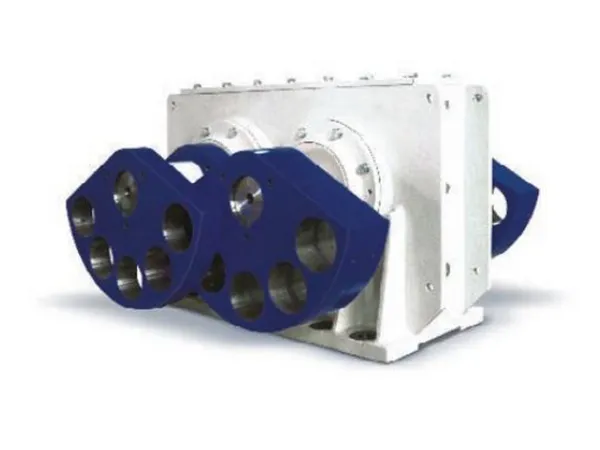How to select vibrating screen exciter
Selecting the right vibrating screen exciter is critical for ensuring efficient operation and longevity of the vibrating screen. The exciter generates the necessary vibrations to separate materials on the screen.
Vibrating screen exciter selection

1. Application Requirements:
Material Characteristics: Understand the type of material you need to process, including particle size, shape, density, and moisture content. Different materials may require different vibration frequencies and amplitudes.
Capacity and Throughput: Determine the required capacity and throughput rate of the vibrating screen. The exciter must be capable of providing adequate vibration to achieve the desired processing rate.
2. Vibration Parameters:
Frequency and Amplitude: The frequency (measured in RPM or Hz) and amplitude (measured in mm or inches) of vibration are critical parameters. Higher frequencies are suitable for fine materials, while lower frequencies are better for coarse materials. Amplitude affects the movement and separation efficiency of the material.
Type of Vibration: Consider whether linear, circular, or elliptical vibration is more suitable for your application. This depends on the material flow characteristics and the desired screening efficiency.
3. Exciter Type:
Electromechanical Exciters: These use motors and eccentric weights to generate vibrations. They are commonly used in heavy-duty applications.
Electromagnetic Exciters: These use electromagnetic fields to create vibrations. They offer precise control over frequency and amplitude and are often used in applications requiring fine-tuning.
…
For more detailed information on vibrating screen exciter selection, please click here: https://www.zexciter.com/en/a/news/vibrating-screen-exciter-selection.html


